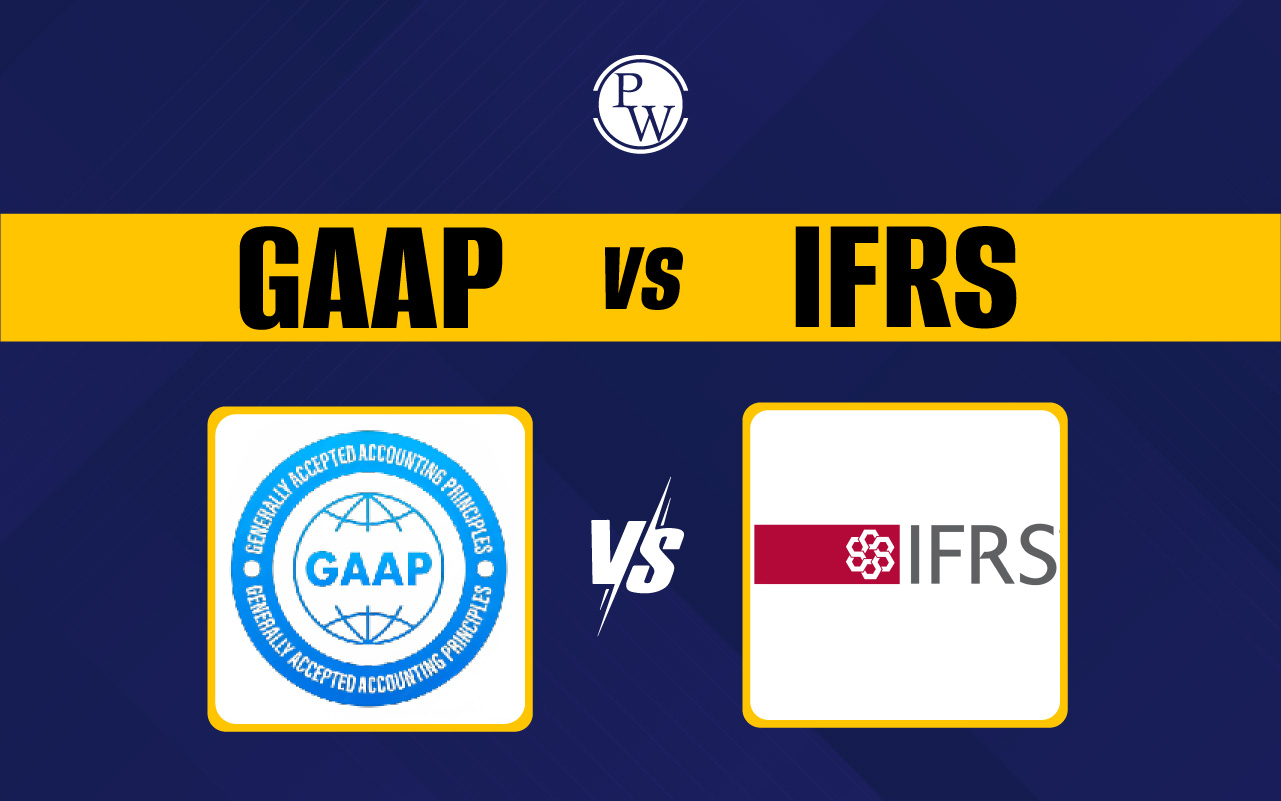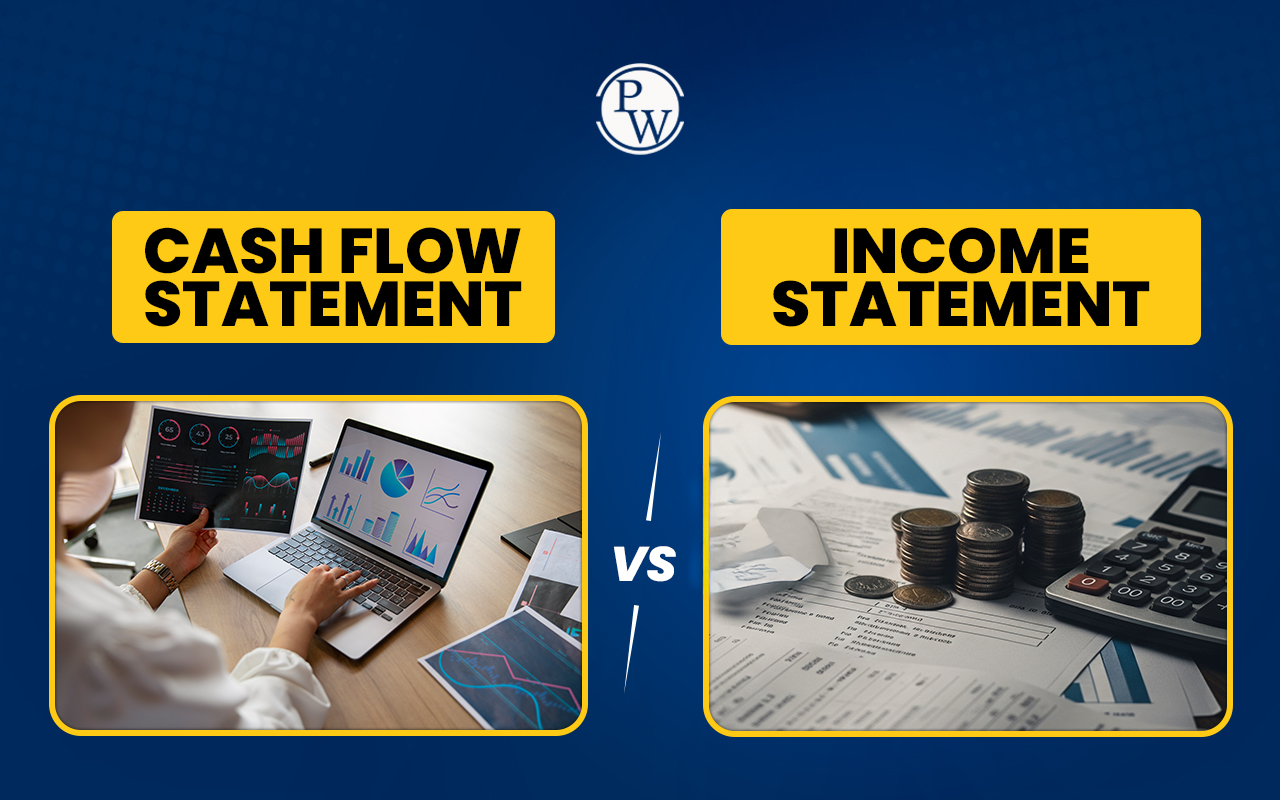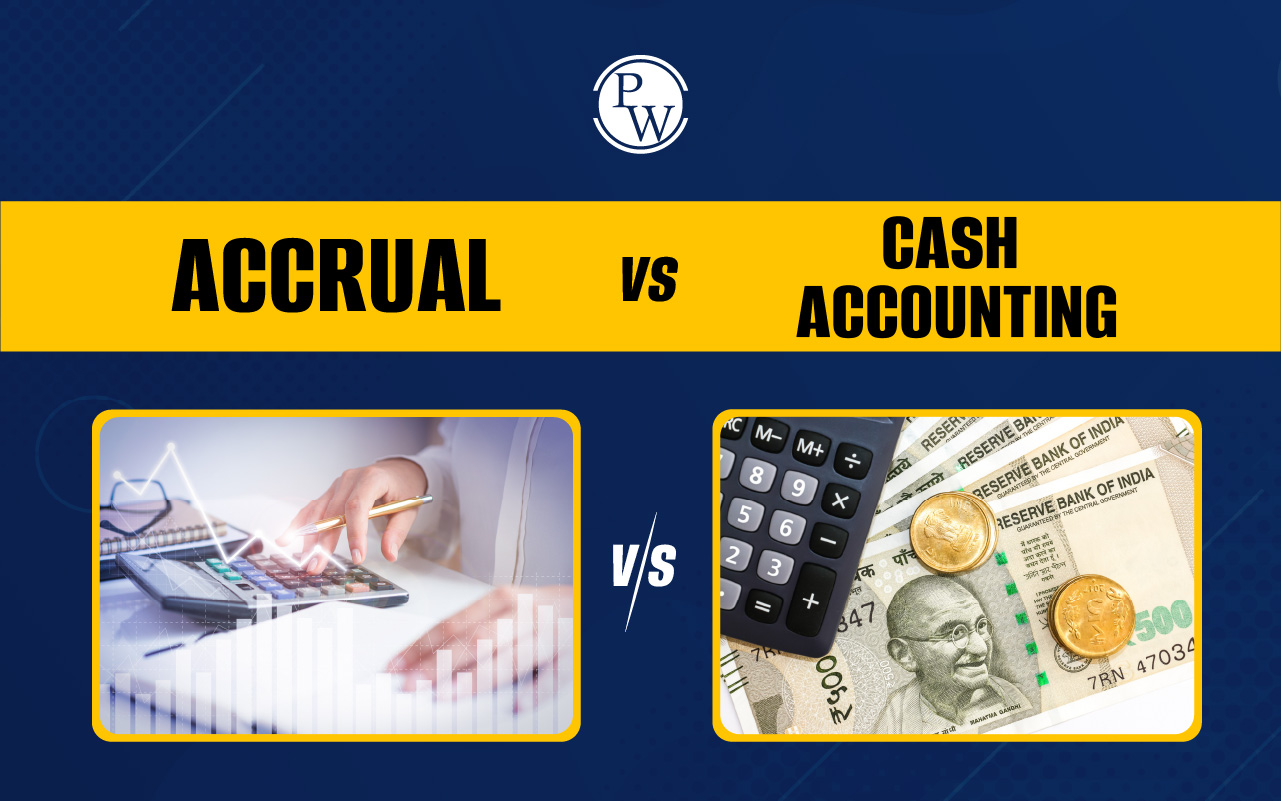

Time Value of Money represents a foundational principle that governs financial analysis and economic theory. It is the idea that money’s value is time-dependent: the value of a certain amount of money today will not have the same value at a different point in the future. This is because a sum of money has the potential to grow over time, due to investment returns. To put it more simply, a certain amount of money today is worth more than the same amount of money in the future.
The Time Value of Money is one of the foundational principles for various financial decisions: investment analysis, business plans, savings, loans and much more. It is used by both companies and individuals to make informed choices about how to allocate their resources by spending, saving and investing their money in a smart way. The Time Value of Money concept enables understanding of the time aspect of real value of all future or past cash inflows or outflows.
Time Value of Money
Time value of money means the money you have today is worth more than the same amount in the future. The primary reason for this is that you can invest today’s money and earn some amount of returns, but tomorrow’s money is of no use to you until you receive it. The time value of money is based on this simple fact of earning extra money from the money you already have through the right use of it.
For instance, if someone is offering you ₹5,000 today or the same amount after two years, then you would rather take it now than later, right? That is because you can invest that ₹5,000 in a bank fixed deposit account, your business, or a mutual fund scheme and earn some returns out of it. This way, the value of money increases over time, making your future value more than the same ₹5,000 you would receive at a later date.
Key Components of TVM
The Time Value of Money consists of a few essential elements that should be known to an individual. The elements are given below, and the core concepts are detailed.
Present Value (PV)
The present value is used for finding the worth of a future cash flow or a sum of money, discounted at a specific interest rate or rate of return. It is basically the current value of a future amount that will be received or paid at a later date.
For example, if we have to choose between receiving ₹1,000 today and receiving the same amount a year from today, we would choose to receive it today since it has a greater value. ₹1,000 today will earn income for a year and in one year; the amount will be ₹1,000 plus the interest received.
Future Value (FV)
It is the calculated future value of a sum of money, given a certain rate of return. Future value is normally used by investors and businesses to know the value of their current investments in the future.
Interest Rate (i)
Interest rate or rate of return determines how much the amount of an investment increases. Interest rate shows the growth in the value of a unit of currency over time. A high interest rate, in a positive sense, is the increase in the amount of money over time while a low rate is the negative effect.
Time Period (t)
The time period represents the duration for which money is invested or borrowed. The longer the time period, the greater the impact of compounding on the value of money.
Number of Compounding Periods (n)
Compounding is earning or paying interest on both the principal and the interest amount already earned. The number of compounding periods is the number of times compounding occurs in a specific time. It can be annually, semi-annually, quarterly, monthly, or even daily. A higher compounding period, with every other factor remaining the same, will result in a higher Future Value.
Time Value of Money Formula
Time Value of Money can be used to calculate a single Time Value of Money by using mathematical formulas between each one of the following: present value, future value, interest rate, time, and compounding period.
The formula for calculating the Future Value is:
FV = PV * (1 + i/n)^(n*t)
Where:
-
FV = Future Value of money
-
PV = Present Value of money
-
i = Annual interest rate or rate of return
-
n = Number of compounding periods per year
-
t = Total time in years
This formula is used to determine how much an amount of money today will be worth after a specific number of years, assuming a fixed interest rate and compounding frequency.
Time Value of Money Example
Let us take an example. Suppose you invest 1000 rupees at an annual interest rate of 10 percent compounded once a year for 3 years.
Using the Time Value of Money formula:
FV = 1000 * (1 + 0.10/1)^(1*3)
FV = 1000 * (1.10)^3
FV = 1000 * 1.331
FV = 1331 rupees
So, after three years, the 1000 rupees invested today will become 1331 rupees. The extra 331 rupees is the return earned from the investment. This shows how the Time Value of Money works in practice.
How the Time Value of Money Works
A simple example can be used to show the time value of money. Assume that someone offers to pay you one of two ways for some work you are doing for them: They will either pay you $1,000 now or $1,100 one year from now
Which pay option should you take? It depends on what kind of investment return you can earn on the money at the present time. Since $1,100 is 110% of $1,000, then if you believe you can make more than a 10% return on the money by investing it over the next year, you should opt to take the $1,000 now.
On the other hand, if you don’t think you could earn more than 9% in the next year by investing the money, then you should take the future payment of $1,100 – as long as you trust the person to pay you then.
Importance of Time Value of Money
The Time Value of Money is the most critical concept for making financial decisions. It is the rational way of evaluating the value of cash flows received or paid at different times. It is used by individuals and organizations to plan their financial future.
-
Investment Decisions: Investors determine if an investment will be profitable in the future. They can also compare various investments and decide which option is the most suitable in terms of time and risk.
-
Business Project Evaluation: Businesses consider the Time Value of Money in their decisions to start new projects, purchase equipment, and expand operations. This is because it helps them to calculate the value of future cash flows from such projects and compare it with the costs at the present.
-
Loan and Borrowing Decisions: Borrowers and lenders use the Time Value of Money to arrive at the terms for repayment and interest rates. This ensures that the borrowers are aware of the real costs of their borrowing and the lenders the real returns on their funds.
-
Retirement and Savings Plans: Individuals apply the Time Value of Money to calculate how much they need to save today for a specific future financial goal. The most common goal is retirement or funds for a child’s education.
-
Inflation and Purchasing Power: Over time, inflation erodes the purchasing power of money. The Time Value of Money accounts for inflation and this is done by adjusting the value of money to reflect its real value in the future.
Time Value of Money FAQs
What is Time Value of Money?
Why is the Time Value of Money used?
What are the five main ingredients of the Time Value of Money?
What is an example of the time value of money?













